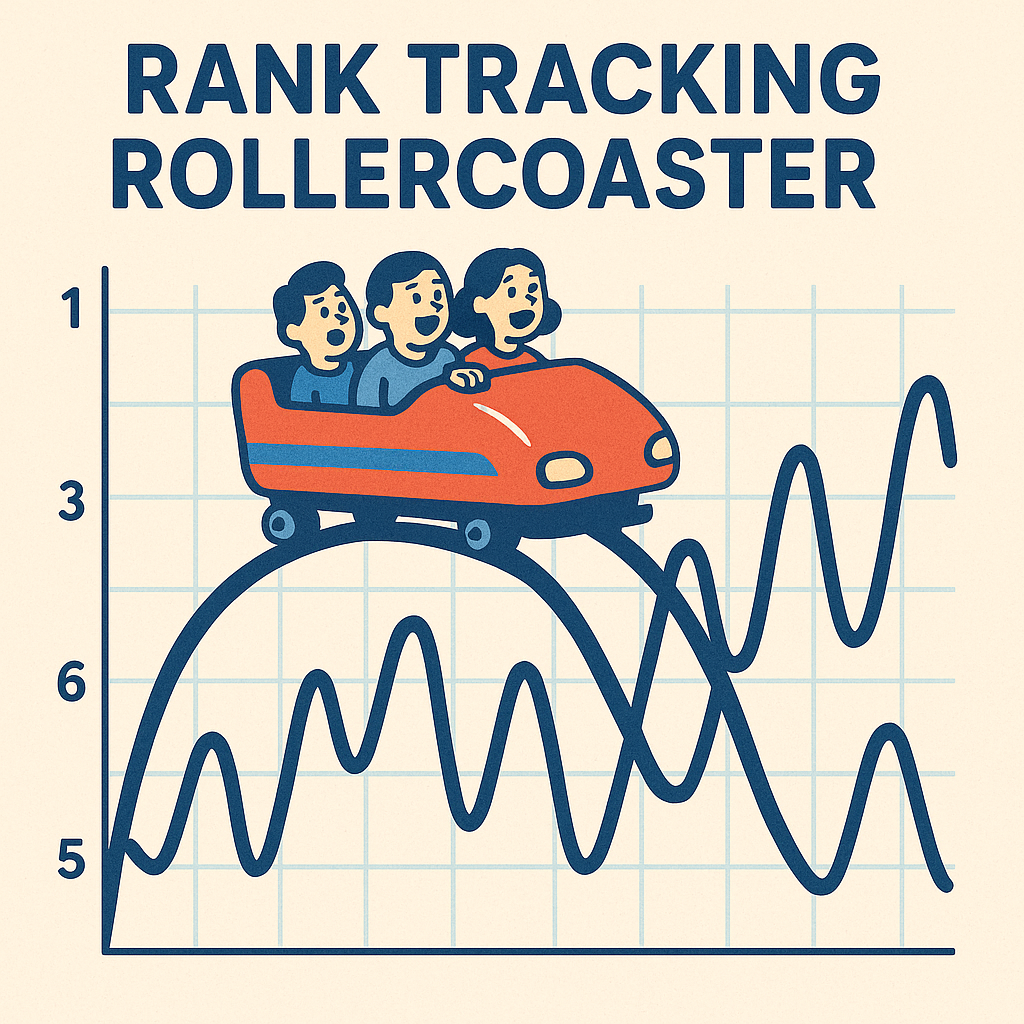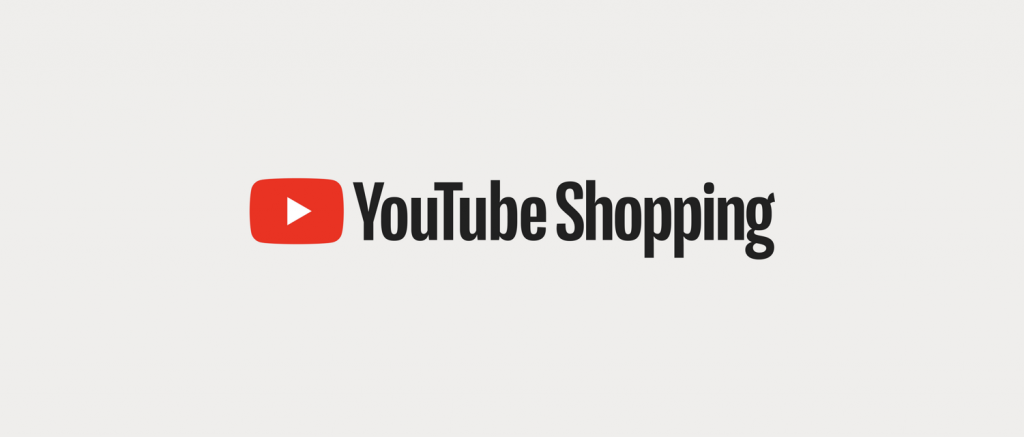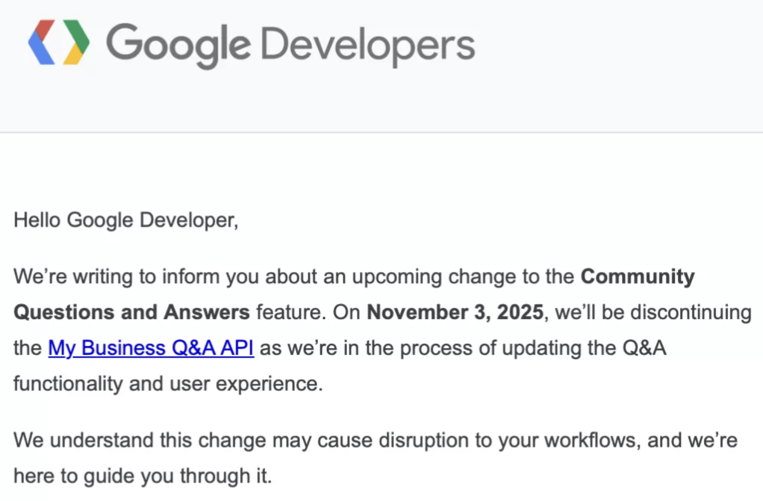Hi, folks. Today’s blog post will be more technical than usual, so we’ll begin with some exciting news. There are now restrooms in China that do not dispense toilet paper until you scan a QR code and watch a sponsored video. This is a dream come true for everyone who fantasized about bringing the ad-driven economy into bathroom stalls.
In terms of things that will hit closer to home for people reading this newsletter, Google has both recent and upcoming changes that everyone should be aware of. The upcoming change is Google discontinuing the My Business Q&A API in November. This means that you will not be able to reply to Google Business Profile questions through Local Viking or Local Brand Manager after that.
The Q&A section of GBPs was dropped in India a few weeks ago. That was a supposed response to rampant violations (lots of misleading information). Moderating content in India is uniquely challenging because of the size of its population, so it is unclear if the shutdown of the global API is related to abuse there. What we do know is that the Q&A sections of many U.S. and European GBPs have either vanished or moved over the past few months, so a change of some kind is afoot. We will keep you updated as new developments become available.
 The recent Google change we referenced is related to a URL parameter: &num=100. If you need a quick lesson, you’ll sometimes see things like question marks and ampersands in URLs. Those are called delimiters. Everything before a question mark is called the “base URL” (the page you’re visiting), and everything after the question mark is a query string. For a simple example, https://www.google.com/search?q=coffee is what the URL looks like for a “coffee” Google Search.
The recent Google change we referenced is related to a URL parameter: &num=100. If you need a quick lesson, you’ll sometimes see things like question marks and ampersands in URLs. Those are called delimiters. Everything before a question mark is called the “base URL” (the page you’re visiting), and everything after the question mark is a query string. For a simple example, https://www.google.com/search?q=coffee is what the URL looks like for a “coffee” Google Search.
An ampersand separates multiple parameters in a URL. To expand upon the previous example, https://www.google.com/search?q=coffee&num=100 means that we want to see 100 Search results for “coffee.”
Google stopped accepting the &num=100 parameter a few days ago. Since a standard Google Search returns roughly ten results at a time, this means that rank trackers now need ten times more API calls (which each cost money) to get the same amount of data that they formally got with a single API call.
We spent three paragraphs explaining a URL parameter because Google Search rank and position tracking is a mess right now. That’s actually the exact title of a Search Engine Land article from Monday. Local Viking and Local Brand Manager were affected. We found a solution and are determining how best to deploy it, but we wanted to bring you up to speed if you had questions about the keywords you’re tracking.
In case there is any confusion, we are not talking about GeoGrids here. We’re talking about keyword tracking.
 Here are the marketing links we’re closing with this week. First up is the fact that YouTube Shopping (something we were unfamiliar with before today) now automatically identifies timestamps in videos with identifiable products to help interested people purchase them. That article also has updates about YouTube monetization in general. Next, from Shopify, is an article titled How to Choose a Domain Name (12 Expert Tips for 2025). Finally, from martech.org, is some advice for how to best pull off a brand refresh.
Here are the marketing links we’re closing with this week. First up is the fact that YouTube Shopping (something we were unfamiliar with before today) now automatically identifies timestamps in videos with identifiable products to help interested people purchase them. That article also has updates about YouTube monetization in general. Next, from Shopify, is an article titled How to Choose a Domain Name (12 Expert Tips for 2025). Finally, from martech.org, is some advice for how to best pull off a brand refresh.
Have a great weekend!
